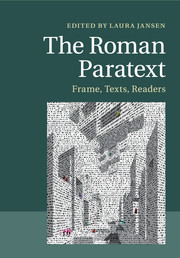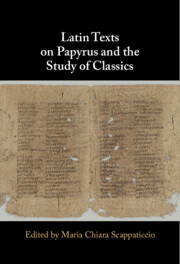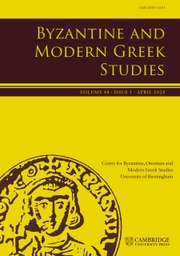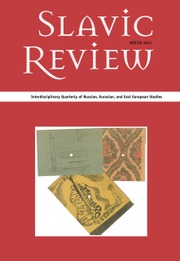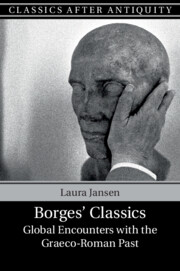The Roman Paratext
What is a paratext, and where can we find it in a Roman text? What kind of space does a paratext occupy, and how does this space relate to the text and its contexts? How do we interpret Roman texts 'paratextually'? And what does this approach suggest about a work's original modes of plotting meaning, or the assumptions that underpin our own interpretation? These questions are central to the conceptual and practical concerns of the volume, which offers a synoptic study of Roman paratextuality and its exegesis within the broad sphere of Roman studies. Its contributions, which span literary, epigraphic and visual culture, focus on a wide variety of paratextual features - e.g. titles and inter-titles, prefaces, indices, inscriptions, closing statements, decorative and formalistic details - and other paratextual phenomena, such as the frames that can be plotted at various intersections of a text's formal organization.
- Proposes a new direction in the criticism of the structure of Roman literary and extra-literary texts
- Argues for a new understanding of the exegesis of Roman texts and critical thinking about the construction of interpretative communities through the lens of the paratext
- Explores cultures of reading, writing, editing, revision, publishing, circulation and consumption in ancient Rome
Product details
March 2017Paperback
9781107607286
334 pages
244 × 170 × 17 mm
0.59kg
20 b/w illus. 4 tables
Available
Table of Contents
- Introduction: approaches to Roman paratextuality Laura Jansen
- 1. Crossing the threshold: Genette, Catullus, and the psychodynamics of paratextuality Duncan F. Kennedy
- 2. Starting with the index in Pliny Roy Gibson
- 3. The topography of the law book: common structure and modes of reading Matthijs Wibier
- 4. Cicero's capita Shane Butler
- 5. Tarda solacia: liminal temporalities of Statius' prose prefaces Grant Parker
- 6. Inter-titles as deliberate misinformation in Ammianus Marcellinus Roger Rees
- 7. Paratextual perspectives upon the SC de Pisone Patre Alison Cooley
- 8. Paratext and intertext in the Propertian poetry book Donncha O'Rourke
- 9. Pictorial paratexts: floating figures in Roman wall painting Hérica Valladares
- 10. The paratext of Amores 1: gaming the system Ellen Oliensis
- 11. 'Sealing' the book: the sphragis as paratext Irene Peirano
- 12. Paraintertextuality: Spenser's classical paratexts in The Shepheardes Calender Bruce Gibson
- 13. Modern covers and paratextual strategy in Ovidian elegy Laura Jansen.

